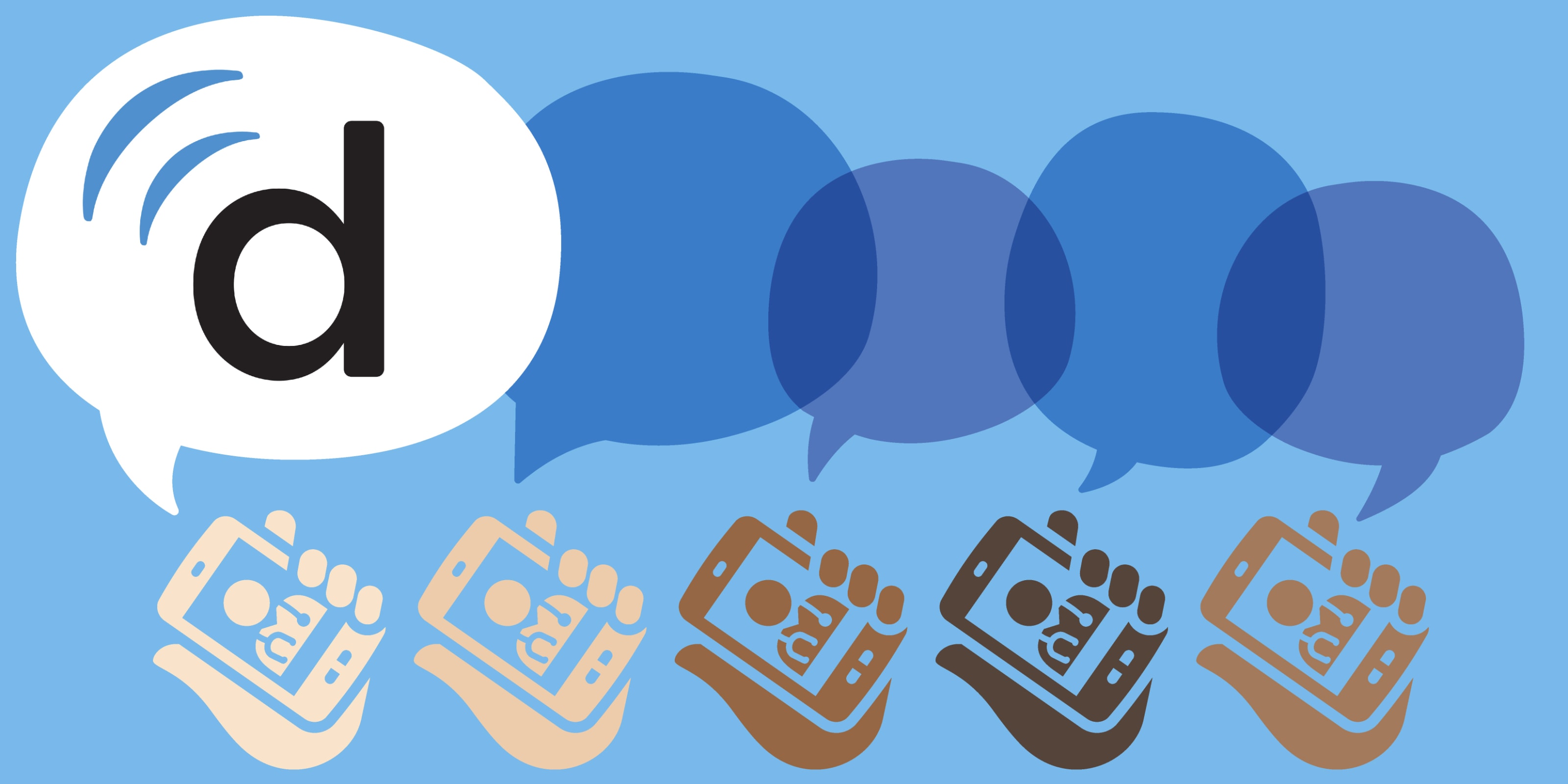Two major themes emerging from the COVID-19 pandemic have been the increase in willingness to use telehealth and widening health disparities across Black and Latinx communities. While digital health has the potential to improve access, outcomes, and affordability for socioeconomically marginalized patients, existing evidence demonstrates needed improvement. As many digital health companies look to best serve clinicians and patients, our teams are asking equity-centered questions that make our products more accessible and impactful. Here we discuss what our Telehealth team has been working on to increase language accessibility on Dialer, our telemedicine product.
Let’s get a little background
Since its 2016 inception, the goal has always been to make Dialer user-friendly in order to improve its accessibility -- we started by never requiring patients to download an app for voice-only visits. When adding video-capability in 2020, we continued to work on making it easy for patients to join video calls through its product design and features. As our team continued developing ways to further support our members, we centered on member requests and internal data supporting the need for increased language access. As an immediate solution, we developed resources in additional languages to support non-English speaking patients. With about 19 million U.S. working-age adults having limited English proficiency -- a significant population that could benefit from language support -- we knew more had to be done.
Defining and meeting the challenge
During a telemedicine call, the landing page can be a critical moment for patients. As mentioned by one of our team members, “[Patients] need to trust the service to join and grant camera/microphone access.” The challenge was not just about language translation, but also about building trust and connection with clinicians and their patients.
During the quarterly “Hackday,” a few days when engineers work on a unique project, we brainstormed around the opportunity for Dialer language expansion. Initially, we thought patients would have to select their preferred language from a dropdown menu, but one engineer offered an option that would automatically detect the language being used on the patient’s device. By requiring less taps from the patient, this resulted in a better user experience, especially for those with limited digital literacy.
While we initially hoped to add more languages, our team also knew that starting with Spanish could provide a meaningful impact relatively quickly. By using a minimum viable product (MVP) development process, we were able to improve Dialer language access and the user experience for Spanish-speaking patients. Through product features that center equity like the Add Interpreter and Call Merge features as well as language expansion, we’re able to help clinicians build trust with non-English speaking patient communities. When talking about using Dialer, Dr. Beth Campbell of Urban Ministries of Wake County, North Carolina stated, “Our clinic clientele is comprised of 60% Spanish or other primary language and the Call Merge feature allows us to utilize either our remote volunteer interpreters or an interpretation line to aid in our communication with patients.” Features such as these help reduce no-show rates and provide the means to “enhance healthcare delivery” for that community.
What’s coming up next?
As we continue to invest in features that allow clinicians to build trust with their patients during virtual care visits, our team plans on extending preferred language support to the initial text invite sent to patients. Since the incorporation of Spanish, we have prioritized adding Korean and Mandarin based on internal data, and are already in process to support Vietnamese and French as well.
Along with language access, our Telehealth team is actively working towards addressing additional issues facing under-resourced patients, such as broadband and device limitations. With 15-24% of adults lacking broadband Internet and 31-33% of Black and Latinx adults not owning a desktop computer, equity and inclusivity must be part of the telehealth solution development process. These data points further support current steps we are taking to improve accessibility barriers. We introduced a feature that allows patients to receive a call when they receive an error message, so that they may join a virtual care visit as a voice-only participant, such as when they run into a network or device limitation. By offering a voice-only option, virtual care visits are more successful for those without strong internet connection and/or the latest device.
A Framework for Equitable Product Design
As we begin to envision post-pandemic life, digital health companies have the opportunity to use a more equitable approach in developing solutions that bridge the digital divide across patient populations. Digital health-focused groups, such as RockHealth.org and the American Telemedicine Association, have provided frameworks on how organizations can become part of the solution for telehealth equity. By centering communities, building diverse teams, and fostering inclusive cultures to create equitable product design frameworks, we are hopeful for a future where Dialer can help contribute to a more equitable telehealth experience for all.
